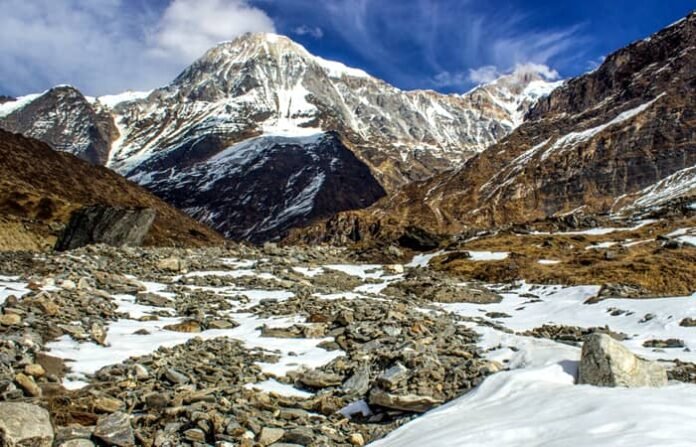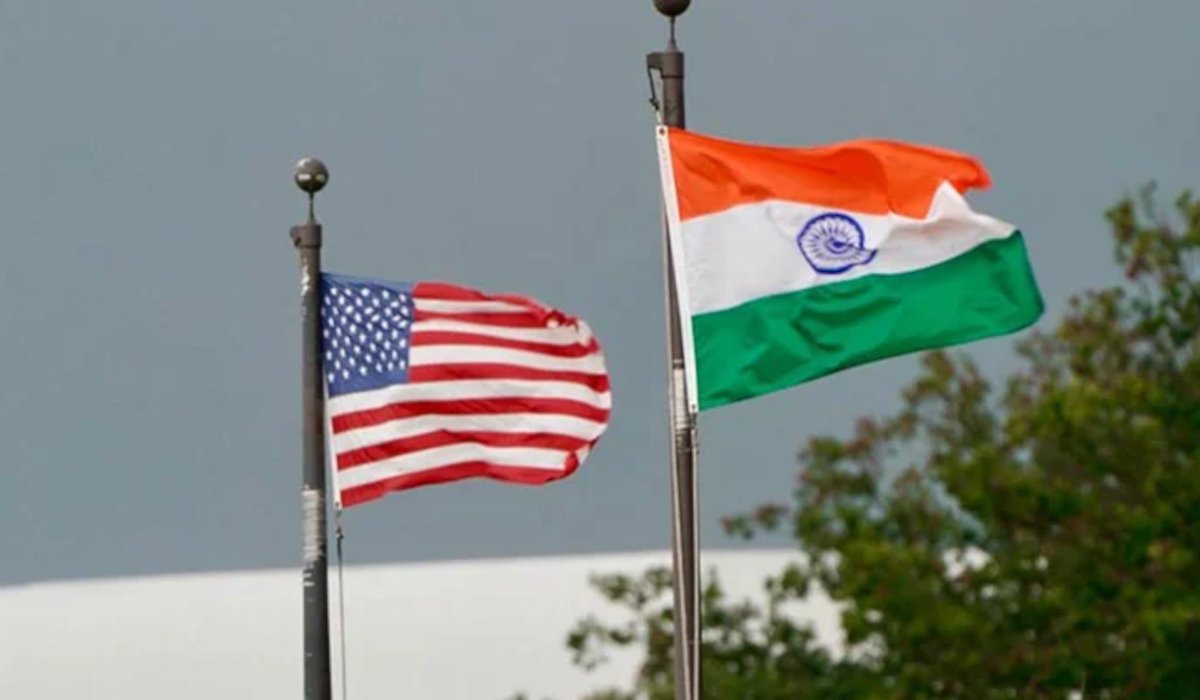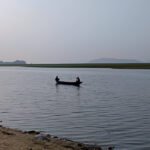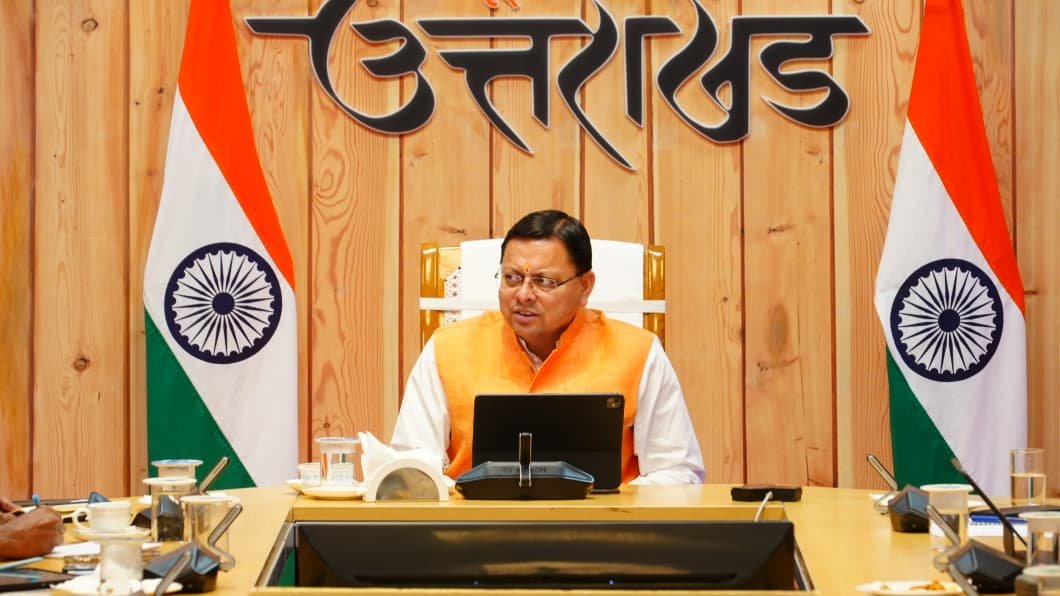In a significant and alarming development, a new study has found that the health of the glaciers in the state is deteriorating at an accelerated rate. The report points to a worrying trend of decreased snowfall and increased rainfall, which is directly impacting the Himalayan glaciers, the source of several major rivers in the country.
Our correspondent reports that the findings of the study, titled ‘Glacier area variation in Uttarakhand Himalaya: Investigating trends and influencing factors,’ have prompted serious concern among environmentalists and officials alike. While it is a known fact that global warming is affecting the glaciers, the new data suggests that the changes in local weather patterns are playing a more direct and immediate role than previously thought. The shift from heavy snowfall to more frequent rainfall is causing the glaciers to retreat faster and is also contributing to an increased risk of landslides and flash floods.
According to the study, which was published in the peer-reviewed journal ‘Earth Surface Processes and Landforms,’ the lack of sufficient snowfall during the winter months means that the glaciers are not receiving their primary replenishment of ice. Instead, the warmer weather and subsequent rainfall in the upper reaches of the Himalayas are causing the surface ice to melt rapidly. This double-edged effect is not only diminishing the glaciers’ volume but is also leading to an increase in the number of small glacial lakes, which could pose a significant risk of glacial lake outburst floods (GLOFs) in the future.
Our correspondent adds that the study’s authors have emphasised the need for an immediate and coordinated response from the authorities. The data, which has been compiled over a period of several years, provides clear evidence that the Himalayan ecosystem is under severe stress. The report highlights that a reduction in the size of the glaciers will inevitably lead to a decrease in the availability of water in the coming years, which could have a devastating impact on the downstream regions that depend on these rivers for agriculture and drinking water.
The government has taken note of the findings and is expected to convene a meeting of experts to formulate a comprehensive strategy. The focus will be on strengthening early warning systems, particularly in areas prone to GLOFs, and on developing long-term plans for water resource management. The administration is also looking at ways to raise public awareness about the issue and to promote sustainable practices in the region. Our correspondent reports that the state government is also exploring the possibility of collaborating with international organisations that have experience in glaciology and climate change research.
The persistent and unprecedented rainfall in the state is a clear sign of the ongoing climate crisis, and its impact on the glaciers is a stark reminder of the fragile nature of the Himalayan ecosystem. The residents of the state, especially those living in the mountainous regions, are being urged to exercise extreme caution and to stay vigilant. The continued apathetic behaviour of the public will lead to even more damaging results. Our correspondent adds that the long-term solution lies in a concerted effort to combat climate change and to protect the glaciers, which are a lifeline for millions of people.



























